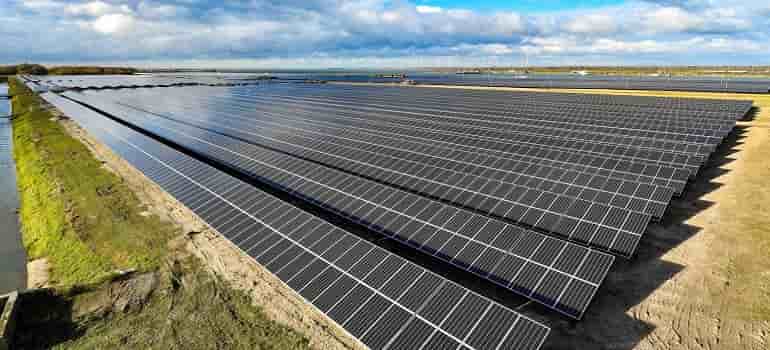75 Terawatts or More of Globally Deployed PV Needed by 2050, According to Participants in 3rd Terawatt Workshop
Global experts on solar power are calling for a strong commitment to the continued growth of photovoltaic (PV) manufacturing and deployment to power the planet, urging against lowballing projections for PV growth while waiting for a consensus on other energy pathways or the emergence of technological last-minute miracles.
The consensus reached by participants in the 3rd Terawatt Workshop last year follows increasingly large projections from multiple groups around the world on the need for large-scale PV to drive electrification and greenhouse gas reduction.
The experts suggest that about 75 terawatts or more of globally deployed PV will be needed by 2050 to meet decarbonization goals.
The workshop, led by representatives from the National Renewable Energy Laboratory (NREL), the Fraunhofer Institute for Solar Energy in Germany, and the National Institute of Advanced Industrial Science and Technology in Japan, gathered leaders from around the world in PV, grid integration, analysis, and energy storage, from research institutions, academia, and industry. The participants successfully predicted the global generation of electricity from PV would reach 1 TW within the next five years, which was crossed last year.
According to Nancy Haegel, director of the National Center for Photovoltaics at NREL, “We have made great progress, but the targets will require continued work and acceleration.” Martin Keller, director of NREL, emphasizes that “time is of the essence, so it’s important that we set ambitious and achievable goals that have significant impact.”
The report from the workshop noted that the “window is increasingly closing to take action at scale to cut greenhouse gas emissions while meeting global energy needs for the future.” Reaching the 75-terawatt target, the authors predicted, will place significant demands on both PV manufacturers and the scientific community. The PV industry must continue to grow at a rate of about 25% per year over the next critical years, and makers of silicon solar panels must reduce the amount of silver used in order for the technology to be sustainable at a multi-terawatt scale.
The workshop participants also emphasized that solar technology must be redesigned for ecodesign and circularity, although recycling materials is not an economically viable solution at present for material demands given the relatively low installations to date compared to the demands of the next two decades.

